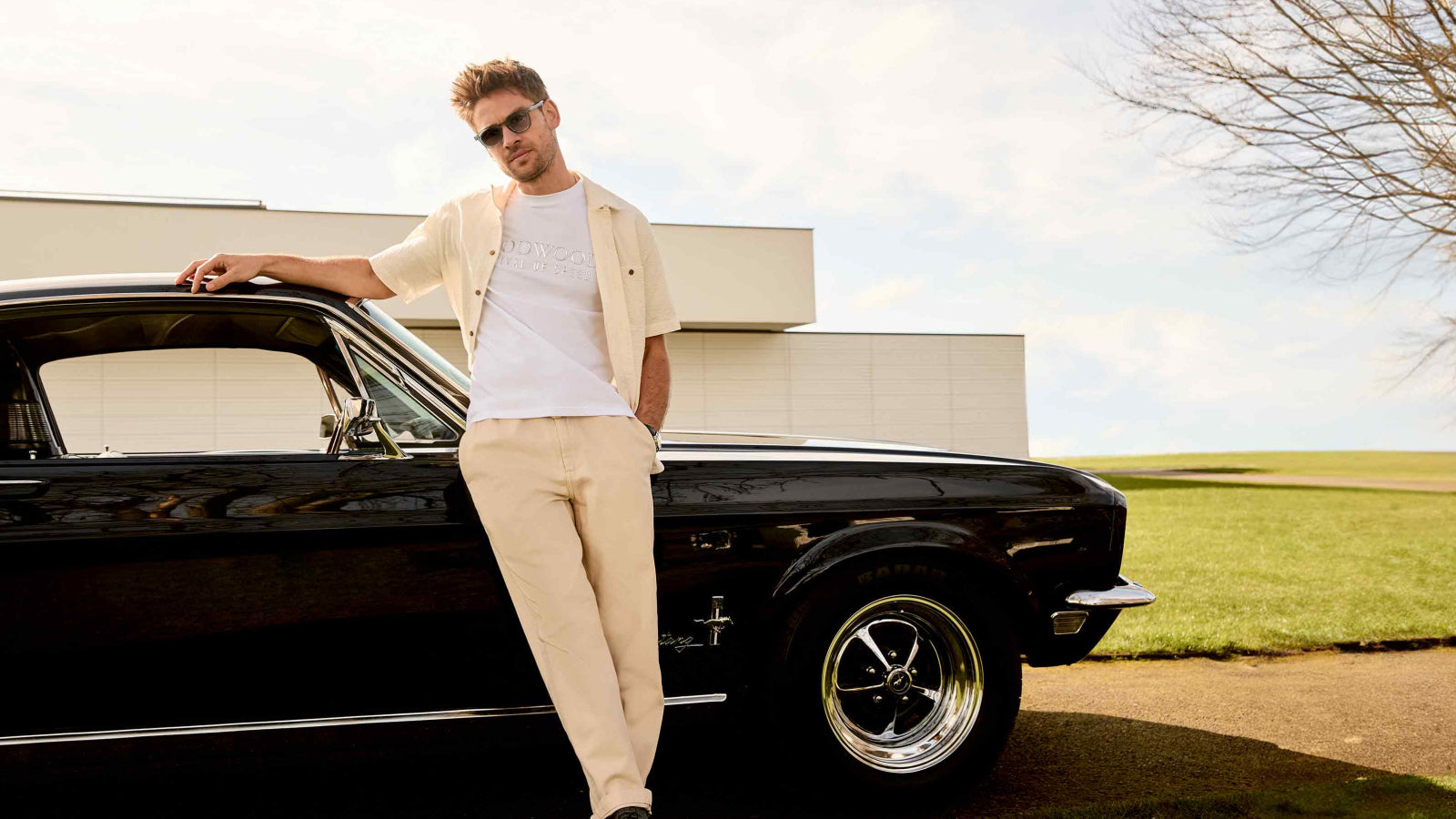Festival of Speed
Find all the latest news from the Goodwood Festival of Speed, with event previews, live and exclusive coverage from the Hill, car launches, driver interviews and more.

Festival of Speed
Video: Get a closer look at this Hepworth GB-1 Can-Am at Festival of Speed

Festival of Speed
Driving a priceless Porsche prototype up the Hill | Thank Frankel it's Friday

Festival of Speed
The coolest Le Mans cars from the 2024 Festival of Speed

Festival of Speed
Video: The Auto Union Type 52 is a 1930s hypercar

Festival of Speed
Video: The Ford Supervan 4.2's Timed Shootout-winning run






























